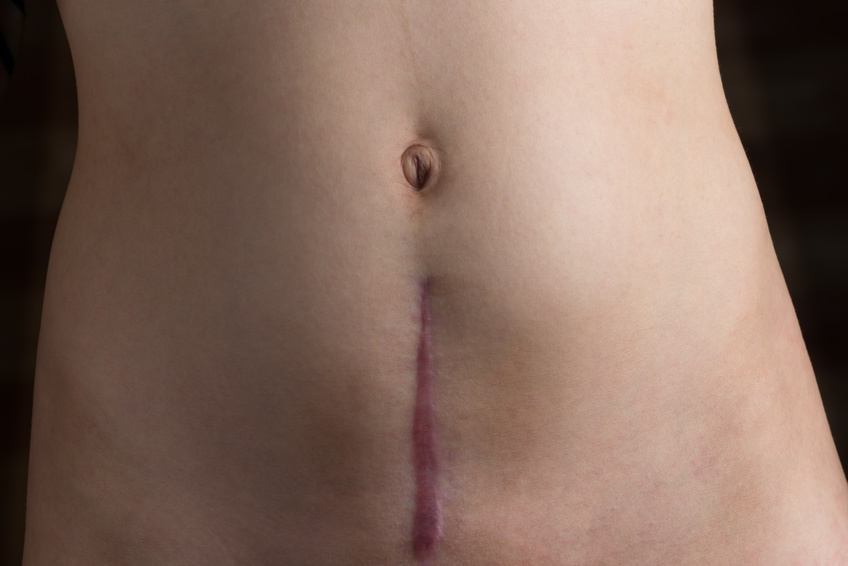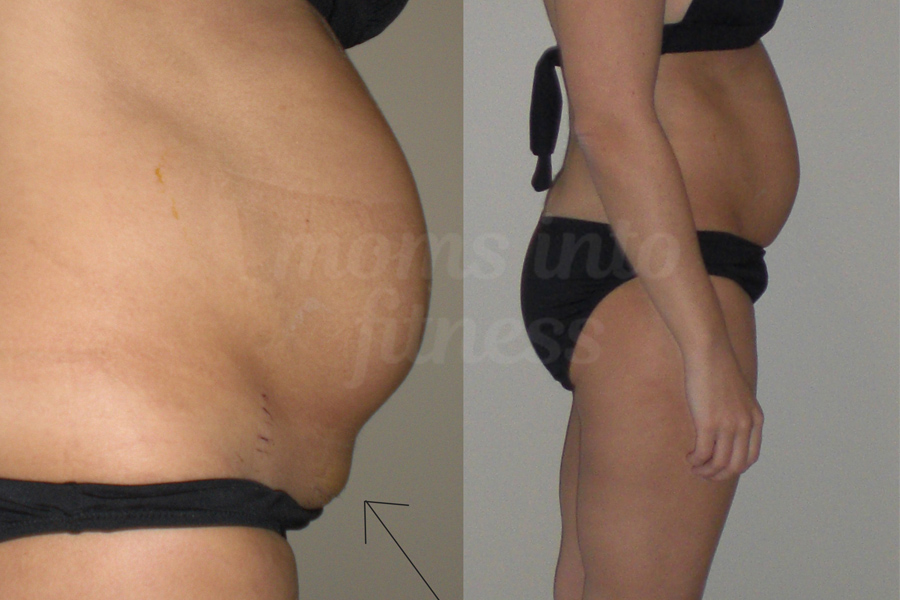Excessive Scar Tissue After C Section

The scar tissue itself is not a problem but the adhesion occurs when it sticks to other internal organs and creates complications such as bowel blockages.
Excessive scar tissue after c section. In some cases pain from scar tissue is noticeable right away. And of all types of scar tissue the kind that develops in the abdomen after. The risk of incision related problems such as a hernia increases as the number of previous abdominal incisions grows.
But as good as the surgeon might be there are risks for developing that scar tissue. In others the pain may come on years later. The last thing in any mother s mind after a caesarean delivery is the c section scar tissue that later become a reality.
Dense adhesions can make a c section more difficult and increase the risk of a bladder or bowel injury and excessive bleeding. Were by c section in some cases women have this type of delivery because it is safer even medically indicated for them. An adhesion is a band of scar tissue that binds two parts of tissue or organs together.
Among all the anatomical difficulties that surgeons can face excessive scar tissue also called adhesions is considered one of the most challenging because it could significantly increase the risk of surgical complications. This article will give you a rundown of everything you need to know about c section scarring including symptoms pain scar removal options and internal scar tissues. C section adhesions form from bands of internal scar tissue that are created after a caesarian section surgery.
Common c section scar issues. Bands of scar like tissue adhesions develop during each c section. Some women even report having abdominal pain years after their c section.
In some people this stimulates excessive formation of scar tissue. Excessive cesarean section scar tissue. C section or cesarean delivery is a common option for childbirth.


















